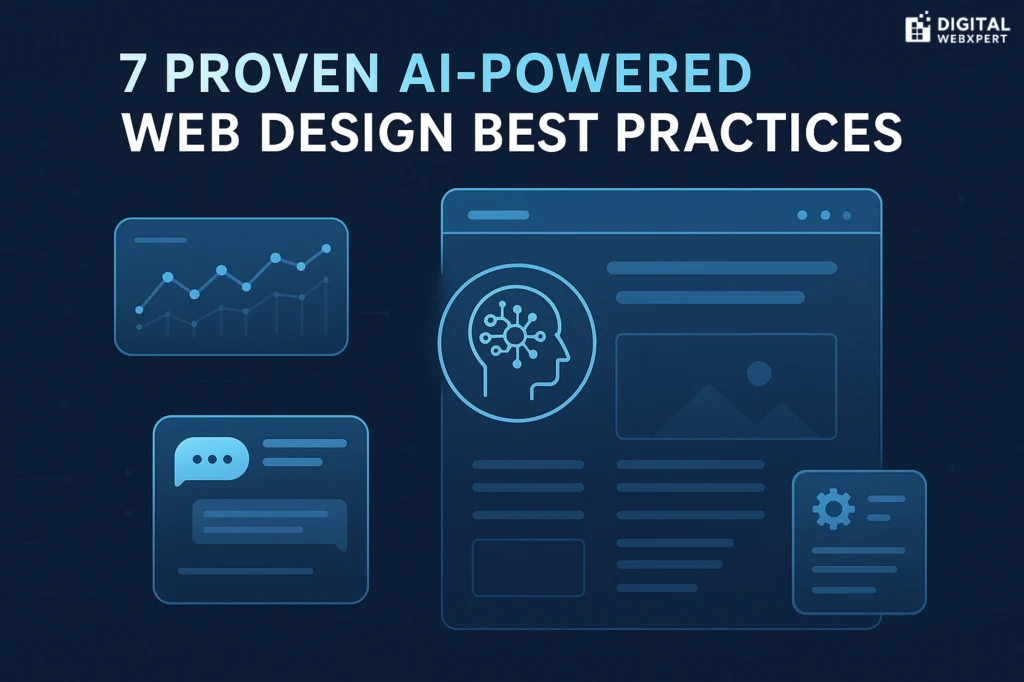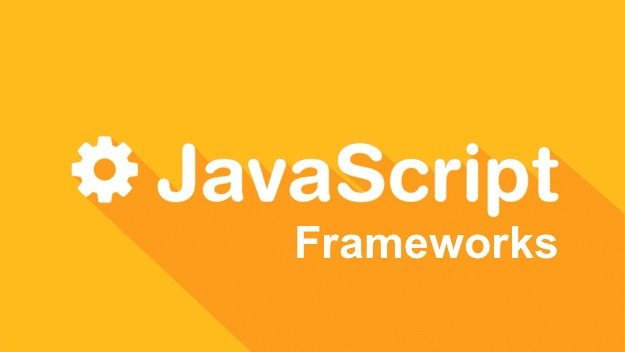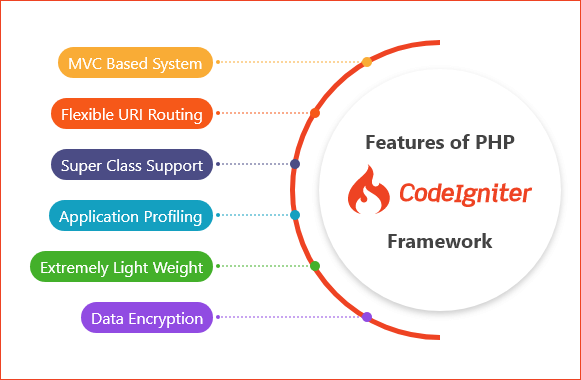Introduction
In today’s hyper-digital era, where websites are the storefronts of businesses, the role of AI-powered web design has shifted from being optional to essential. A website is no longer just about aesthetics—it must be intelligent, responsive, and customer-centric. Artificial Intelligence (AI) enables designers and developers to go beyond static visuals by creating websites that adapt, predict, and interact with users in real time.
For startups, small businesses, agencies, and eCommerce sellers, embracing AI in web design means staying ahead of competitors. In this post, we’ll explore 7 AI-powered web design best practices that can help you build smarter, more engaging websites while driving better conversions.
1. Embrace AI-Driven Personalization
Modern customers expect experiences tailored to their preferences. With AI, websites can analyze user behavior—like clicks, past purchases, and browsing history—to deliver hyper-personalized content.
Example: Netflix’s recommendation engine, which suggests shows based on viewing patterns, applies the same personalization logic that eCommerce websites can use for product recommendations.
Tools to Try: Dynamic Yield, Adobe Sensei.
Impact: Improved user engagement and loyalty, leading to higher sales.
2. Use AI-Powered Chatbots for Instant Support
Today’s customers value speed and availability. Integrating an AI chatbot into your web design ensures users get instant answers, even outside business hours.
Best Practice: Place chatbots on crucial pages like checkout, product listings, or FAQs.
Example: Sephora uses chatbots to recommend products and provide personalized beauty advice.
Impact: Lower bounce rates, improved customer satisfaction, and better lead generation for your sales funnel.
3. Automate UX Testing with AI
User experience (UX) is the backbone of successful web design. AI-powered UX testing tools can track micro-interactions, analyze click maps, and suggest design changes without lengthy manual testing.
Tools to Try: Hotjar, Crazy Egg, and AI-based A/B testing platforms.
Benefit: Faster, data-driven design improvements that ensure your site is intuitive and conversion-focused.
4. Optimize SEO with AI Tools
SEO is the lifeblood of digital marketing, and AI makes it smarter. AI tools analyze competitor strategies, suggest long-tail keywords, and even optimize content readability.
Example: Tools like SurferSEO or Frase can generate AI-backed content outlines to help your blog or landing page rank higher.
Best Practice: Use AI to track search intent and optimize for voice search, which is rising with mobile use.
Impact: Stronger organic visibility, more leads, and lower ad spend.
5. Enhance Accessibility with AI
An inclusive website isn’t just ethical—it expands your reach. AI ensures accessibility by automatically adapting content for users with disabilities.
Examples: AI-based screen readers, real-time transcription for videos, and automated color contrast adjustments.
Benefit: Improved compliance with accessibility standards (like WCAG) and an inclusive brand image.
6. Leverage AI for Mobile-First Design
With over 60% of global traffic coming from mobile devices, web design must be mobile-first. AI ensures smooth responsiveness and performance across devices.
Example: Google’s AI-based Lighthouse tool audits website performance and mobile-friendliness.
Best Practice: Test your design on AI-powered simulators that mimic real-world devices and connections.
Impact: Faster loading times, better UX, and stronger SEO rankings.
7. Predict User Behavior with AI Analytics
AI-powered predictive analytics can forecast how users will behave, helping you optimize site flows before problems occur.
Example: E-commerce websites can detect when a customer is likely to abandon their cart and trigger a discount pop-up in real time.
Tools to Try: Google Analytics with AI insights, Pendo, Kissmetrics.
Impact: Reduced churn, higher conversions, and smarter marketing decisions.
Bonus: The Future of AI in Web Design
As AI continues to evolve, we can expect:
AI-generated layouts that automatically adapt to industries and niches.
Voice-activated web navigation, making websites more interactive.
Predictive content generation, where AI builds entire web pages aligned with SEO strategies.
Businesses that adopt these technologies early will hold a competitive edge in web design, app development, mobile app development, and digital marketing.
Conclusion
AI-powered web design is not just about automation—it’s about crafting intelligent, future-ready experiences that align with customer needs. By embracing these 7 best practices, you can transform your website from a static page into a dynamic growth engine.
At Digital WebXpert, we help startups, eCommerce sellers, agencies, and nonprofits leverage the power of AI in web design, app development, mobile app development, and digital marketing. With our 11+ years of experience, we combine modern design with AI innovation to deliver solutions that are secure, scalable, and conversion-driven.
Are you ready to build a website that works smarter, not harder? 🚀



